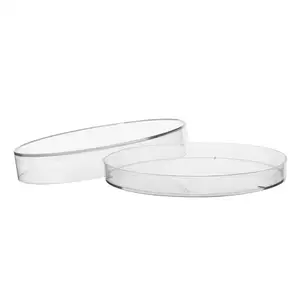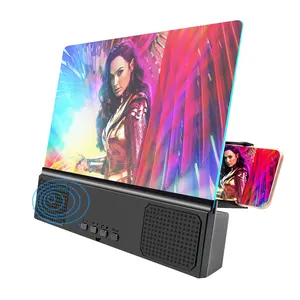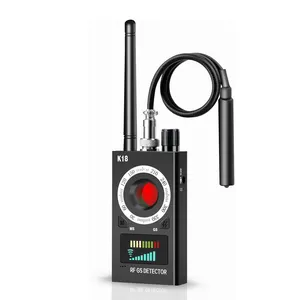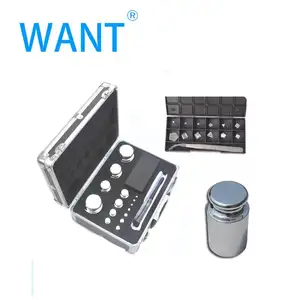Popular in your industry






















About anemometer education
Anemometer Education: A Comprehensive Guide
Anemometers are critical instruments for meteorological education and research, providing essential data on wind characteristics. This guide delves into the intricacies of anemometers, offering insights into their types, applications, and features, tailored for educators, students, and professionals in the field of atmospheric studies.
Understanding Anemometers
Anemometers are devices used to measure wind speed and direction, fundamental parameters in meteorology, aviation, and various industrial applications. They range from simple mechanical devices to advanced ultrasonic technology, each with unique mechanisms and suitability for different environments.
Types and Applications
There are several types of anemometers, each serving specific educational and practical purposes. Cup anemometers, for instance, are commonly used in weather stations for their durability and simplicity. Vane anemometers, on the other hand, are preferred for their precision in detecting wind direction. Hot-wire anemometers, utilizing the cooling effect of wind on a heated wire, are employed in scenarios requiring high accuracy and fast response times. These instruments are vital in sectors such as renewable energy, where wind turbine efficiency is paramount.
Features and Materials
Anemometers are designed with a variety of features to ensure accurate readings across different conditions. Some are equipped with digital displays for easy data reading, while others are integrated with data logging capabilities for long-term monitoring. The materials used in anemometers, such as corrosion-resistant metals and durable plastics, are chosen to withstand harsh environmental conditions and ensure longevity.
Advantages of Modern Anemometers
Modern anemometers offer several advantages, including portability, ease of use, and the ability to transmit data wirelessly for real-time monitoring. These advancements enhance the educational experience by allowing for hands-on learning and immediate data analysis.
Selection and Use in Educational Settings
Selecting the right anemometer for educational purposes involves considering the instrument's sensitivity, range, and compatibility with other meteorological equipment. In academic settings, anemometers facilitate practical learning and research, enabling students to understand and predict weather patterns more effectively.
Incorporating anemometers into curricula equips learners with the knowledge to tackle real-world challenges in environmental science and weather forecasting. By understanding the principles and applications of these instruments, students are better prepared for careers in the atmospheric sciences.
Anemometer education













